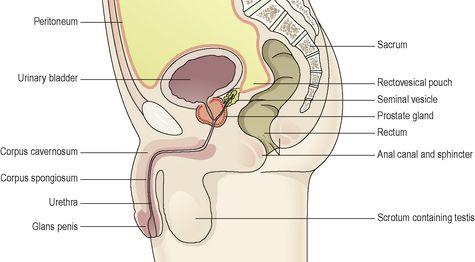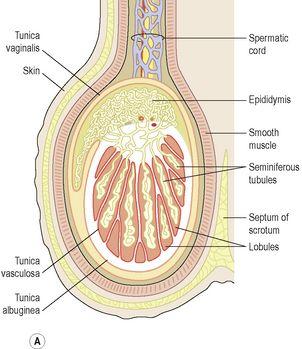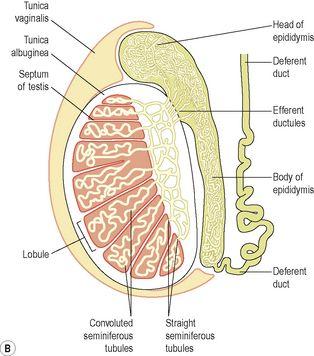Ross & Wilson Anatomy and Physiology in Health and Illness (207 page)
Read Ross & Wilson Anatomy and Physiology in Health and Illness Online
Authors: Anne Waugh,Allison Grant
Tags: #Medical, #Nursing, #General, #Anatomy

Figure 18.12
Structure of the breast.
Each breast contains about 20
lobes
, each of which contains a number of glandular structures called
lobules
, where milk is produced. Lobules open into tiny
lactiferous ducts
, which drain milk towards the nipple. Supporting fatty and connective tissues run through the breast, surrounding the lobules, and the breast itself is covered in subcutaneous fat. In the lactating breast, glandular tissue proliferates to support milk production, and recedes again after lactation stops.
The nipple
This is a small conical eminence at the centre of the breast surrounded by a pigmented area, the
areola
. On the surface of the areola are numerous sebaceous glands (Montgomery’s tubercles), which lubricate the nipple during lactation.
Blood supply, lymph drainage and nerve supply
Arterial supply
The breasts are supplied with blood from the thoracic branches of the axillary arteries and from the internal mammary and intercostal arteries.
Venous drainage
This is formed by an anastomotic circle round the base of the nipple from which branches carry the venous blood to the circumference, and end in the axillary and mammary veins.
Lymph drainage
(see
Fig. 6.1, p. 128
). This is mainly into the superficial axillary lymph vessels and nodes. Lymph may drain through the internal mammary nodes if the superficial route is obstructed.
Nerve supply
The breasts are supplied by branches from the 4th, 5th and 6th thoracic nerves, which contain sympathetic fibres. There are numerous somatic sensory nerve endings in the breast, especially around the nipple. When these touch receptors are stimulated by sucking, impulses pass to the hypothalamus and the flow of the hormone oxytocin is increased, promoting the release of milk.
Functions
In the female, the breasts are small and immature until puberty. Thereafter they grow and develop under the influence of oestrogen and progesterone. During pregnancy these hormones stimulate further growth. After the baby is born the hormone
prolactin
(
p. 211
) from the anterior pituitary stimulates the production of milk, and
oxytocin
(
p. 212
) from the posterior pituitary stimulates the release of milk in response to the stimulation of the nipple by the sucking baby, by a positive feedback mechanism.
Male reproductive system
Learning outcomes
After studying this section, you should be able to:
describe the structure and function of the testes
outline the structure and function of the spermatic cords
describe the secretions that pass into the spermatic fluid
explain the process of ejaculation
list the main changes occurring at puberty in the male.
The male reproductive system is shown in
Figure 18.13
.
Figure 18.13
The male reproductive organs and their associated structures.
Scrotum
The scrotum is a pouch of deeply pigmented skin, fibrous and connective tissue and smooth muscle. It is divided into two compartments each of which contains one testis, one epididymis and the testicular end of a spermatic cord. It lies below the symphysis pubis, in front of the upper parts of the thighs and behind the penis.
Testes
The testes (
Fig. 18.14A and B
) are the reproductive glands of the male and are the equivalent of the ovaries in the female. They are about 4.5 cm long, 2.5 cm wide and 3 cm thick and are suspended in the scrotum by the spermatic cords. They are surrounded by three layers of tissue.




